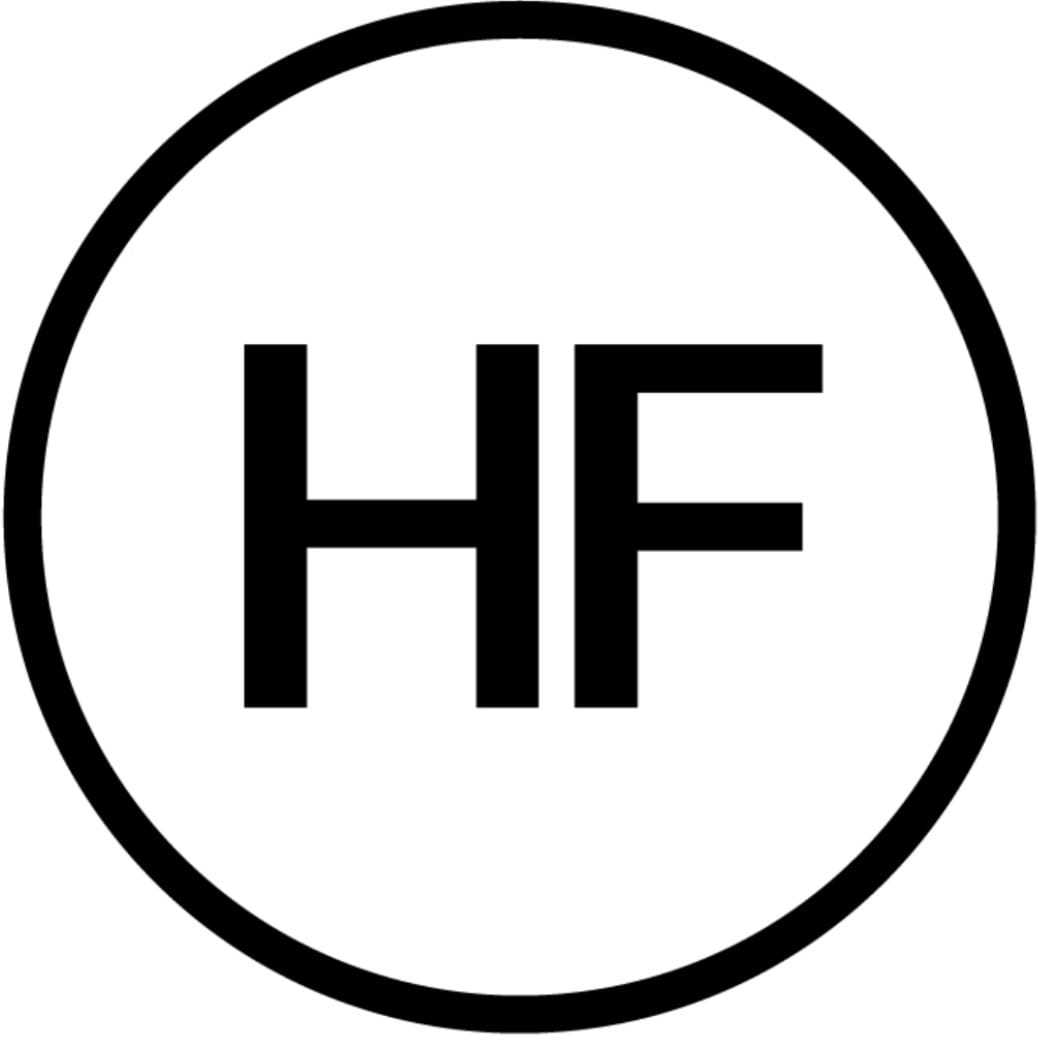HESSE FLATOW is pleased to present Uyt Den Gheest, an exhibition by New York-based artist Emma Safir, marking her first solo presentation since joining the gallery. Featuring a group of new works including upholstered panels situated on the wall, pewter casts, and a quilted folding screen, this exhibition marks a significant step in Safir’s ongoing investigation into the relationship between collective memory, image-making, gendered labor, and the manipulation of materials. The show coincides with the artist’s first solo booth presentation at The Armory Show.
Derived from a seventeenth-century Dutch painting phrase meaning “from the mind, spirit or imagination,“ the exhibition’s title Uyt Den Gheest serves as both a guiding principle and method for Safir’s works. Photographs often taken on art historical research trips serve as analytic tools for the artist, interrogating the intersections of memory and culture, while integrating historical references into her personal narrative. Through combining computerized and analog processes such as digital printing, silk screen, rubbings, image-transfer, and metal casting, Safir deconstructs and reassembles visual forms across iterative translations, calling attention to the elusive nature of representation, reproduction, and indexicality.
Safir’s signature upholstered panel paintings operate as thresholds between the private, domestic and public, digital. Layering and stitching together via screen and thread images of mirrored surfaces, curtained windows, textured glass, and other “privacy solutions,” the artist transforms her source materials by negotiating elements to let in and reveal or obscure to keep out. Equipped with irregular edges following the filigreed shapes of Baroque-era frames, drawn and hand-cut from memory, her newest series invoke similar strategies of reflection and transparency. Incorporating her long-time fascination with the decorative grotesque, Safir accessorizes her surfaces with silk-screened tulle, silver seed beads, seashells imperfectly cast in pewter, smocking, and other embroidery techniques, creating a dynamic interplay of texture and imagery.
Central to the exhibition is screened nacre (2025), a quilted folding screen whose meandering stainless steel frame doubles as a metal drawing of sorts. Extending the motif of the seashell, the embroidered patchwork transitions from an opaque layer on one side, arresting the viewer’s gaze at its surface, to soft, translucent folds of seafoam green and shell pink on its reverse. This precipitation of inside and out is compounded by the folding screen’s physical partitioning of the gallery’s space. Safir cites the Tristan Quilt (c. 14th century) as a powerful symbol of the ephemeral nature of remembering in her processes of disassembling and regurgitation, mirroring the fragmented and re-sewn panels of its predecessor.
Safir’s reintroduction of previously examined photographs create a false sense of truth, nodding to what she sees as the fundamental impossibility of an indexical image. Related to Hito Steyerl’s concept of the “poor image” as degrading over time, yet paradoxically made new and singular, uyt den gheest functions as a foil to nae t'leve, meaning “after life”, implying that representation cannot exist only as a copy, but as a conjured reimagination.


